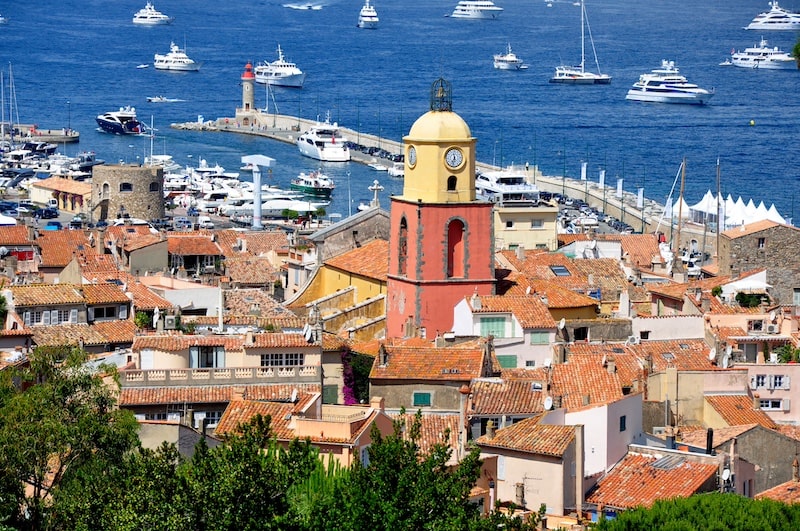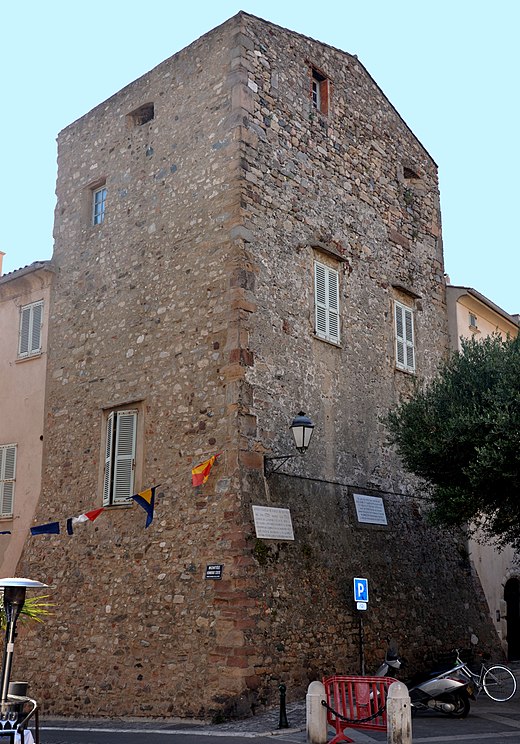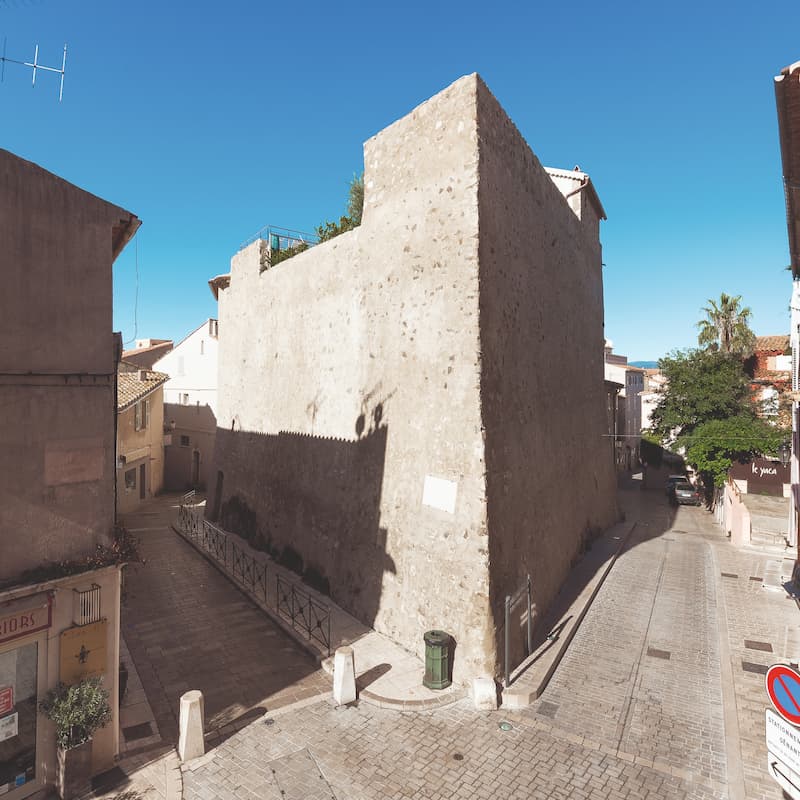Saint-Tropez, the legendary village on the French Riviera, boasts a rich and captivating history shaped by maritime influences and profound transformations. From its origins as a small ancient port with sheltered waters, it has experienced periods of both prosperity and obscurity before becoming a world-renowned seaside resort. Its history, woven with legends, invasions, and architectural changes, provides a valuable insight into the evolution of a village intimately connected with the sea.

1. Ancient history: Saint-Tropez, a maritime stopover and a legend born from a shipwreck
Since antiquity, Saint-Tropez has been a crucial stopover for Greek and Roman sailors. Its naturally sheltered bay provided an ideal haven for ships. Legend has it that the village’s development is linked to the shipwreck of Saint Torpès, a disciple of Saint Paul, in the 3rd century AD. His body, placed in a boat, is said to have drifted to the shores of Saint-Tropez, giving rise to the village that bears his name. Although this legend is romanticized, it reflects the maritime significance of the place since ancient times. The presence of Roman remains, such as blocks of Carrara marble intended for magnificent Roman columns from a shipwreck near Saint-Tropez, confirms the presence of Roman vessels in the area.
2. Maritime development: Saint-Tropez, a fortified port and strategic location

In the Middle Ages, Saint-Tropez faced threats from pirates and barbarian invasions that jeopardized the region’s coastlines. To bolster its defenses, the village was fortified in the 15th century. The construction of towers, such as the Tour Suffren, and city walls marked this period of protection. The Tour Suffren, with origins dating back to the 11th century, was restored in the 16th century to secure the port. Similarly, in the 16th century, the Tour Jarlier was built at the village’s entrance for the same purpose. The city walls, with remnants still visible today, helped shield the town from attacks.

The development of the Port of Saint-Tropez was driven by the construction of new docks and shipyards, establishing the city as a significant commercial port in the Mediterranean. Local fishermen were relocated to the harbor’s tip, while larger trading vessels occupied the expanded docks. The construction of the Saint-Tropez lighthouse in the early 20th century further underscored the city’s maritime importance and enhanced the safety of the port.

3. Modern Saint-Tropez: the seaside resort, cinema, and jet-set
In the 19th century, Saint-Tropez gradually evolved into a popular marina, attracting artists and travelers seeking a place to relax and unwind. Figures such as Paul Signac and Colette played a key role in elevating its status. However, it was in the 20th century that the city experienced explosive growth, becoming the preferred vacation spot for the international jet-set.
Brigitte Bardot, a French cinema icon, played a significant role in popularizing Saint-Tropez and making it globally renowned. The film And God Created Woman, partially shot in Saint-Tropez, immortalized its charm and unique atmosphere. The image of Saint-Tropez as a luxury and glamour destination was further solidified by the presence of numerous film and fashion stars, who made the town their favored retreat.

From its ancient origins to its status as a world-renowned seaside resort, Saint-Tropez has evolved over the centuries while maintaining its maritime character and unique allure. Today, it remains a symbol of luxury, sophistication, and elegance—a must-visit destination for sun, sea, and Mediterranean beauty enthusiasts. Its history, woven with legends, fortifications, and architectural transformations, reflects the evolution of a town intimately connected with the sea and the allure of luxury. Saint-Tropez is a place where natural beauty seamlessly blends with a rich historical legacy and the prestige of the French Riviera.
